Airbus has announced that its “Wing of Tomorrow” research and technology program has begun assembly of the first of three full-size wing prototypes. Along with testing the latest composite materials and new aerodynamics and wing architecture technologies, Airbus says the program is also looking at how to improve wing manufacturing and industrialization. According to the company, the three demonstrator wings will bring together more than 100 new technologies “to explore new manufacturing and assembly techniques with the goal of making aviation more sustainable.”
“Wing of Tomorrow, a crucial part of Airbus’ R&T portfolio, will help us assess the industrial feasibility of future wing production,” said Airbus Chief Technical Officer Sabine Klauke. “High-performing wing technology is one of several solutions—alongside sustainable aviation fuels and hydrogen—we can implement to contribute to aviation’s decarbonisation ambition.”
Of the three prototypes, one will go to systems integration study, one will be structurally tested and compared to computer modeling and assembly of the third will be used to look at “scaling-up production and compare against industrial modeling.” Wing of Tomorrow participants include Airbus global partners and teams across the company’s European sites. The program is partially funded by the U.K.’s Aerospace Technology Institute.



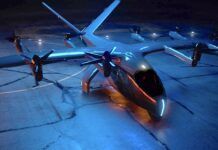
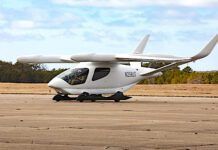
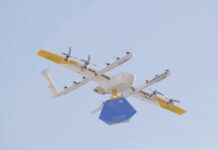
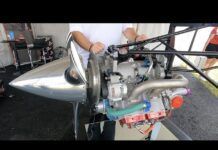








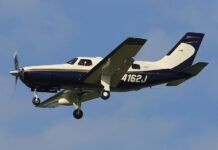



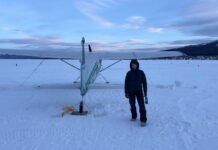


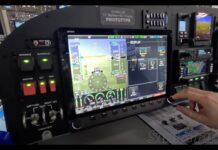













I got a bit of a chuckle that the company that did massive constructions for the massive A380 is now a “sustainability” company. You can’t write better comedy than that!
What does “massive constructions” have to do with sustainability? Airbus is aggressively pursuing advanced technologies on a broad front. Meanwhile Boeing has Starliner, 737max and a long list of recent failures in what should be its core competencies.
No one ever seems to asks HOW “sustainability” for keeping large fleets of large jet aircraft aloft is environmentally friendly.
No one ever seems to ask? Sure they do! Maybe some observers haven’t been paying attention. Sustainability requires advances in fuels, propulsion, and airframes. But we won’t find it unless we look for it…
Answering the question with biofuels or hydrogen is NOT “sustainable” from an ecological standpoint. Basically it means that you keep vast fleets of large jet aircraft WAY LONGER after peak oil and “carbonizing” just the same.
As long as people are willing to pay for something, it’s “sustainable.”